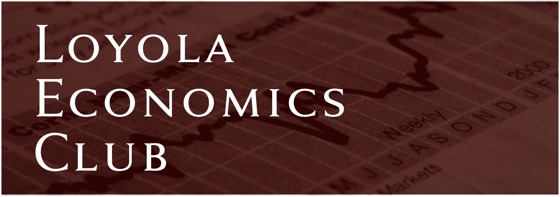
The prosperity of a country is tied to the effective usage of its available resources, i.e. capital and labor. The amount of capital and labor in any society is limited, therefore efficient resource allocation is essential for economic growth.
Capital and labor are not homogeneous resources. Certain types of capital work best with a certain types of labor, and vice versa. We cannot force capital or labor to efficiently work in conjunction with any arbitrary resource.
Unfortunately, what the government has done through the stimulus package is to stimulate growth and production by forcing capital and labor to collaborate without taking into consideration their specific purposes and characteristics.
In a Nightly Business Report blog post Steven Horwitz explains this concept:
To see this, I borrow an analogy from the economist Peter Boettke. Stimulus proponents seem to view resources as if they were Play-Doh that could be shaped into any form desired. […] If capital and labor were like Play-Doh, then it wouldn’t matter what government spent on as the idle capital and labor would be equally productive in whatever use was demanded. Unfortunately, capital and labor are more like Legos than Play-Doh. What kids can build with Legos depends on the particular shapes and sizes of the pieces they have and whether and how those pieces can fit together. Any two hunks of Play-Doh can be combined to make a desired object. That is not true for Legos, and it’s not true for capital and labor.
Horwitz concludes that the current pattern of resource allocation should be reevaluated.
Government should not determine the economy’s resource allocation. This task should be left to markets and economic actors. Free markets may appear chaotic, but they do a better job than a centralized bureaucracy of distributing knowledge and allocating resources through competitive prices.


No comments:
Post a Comment